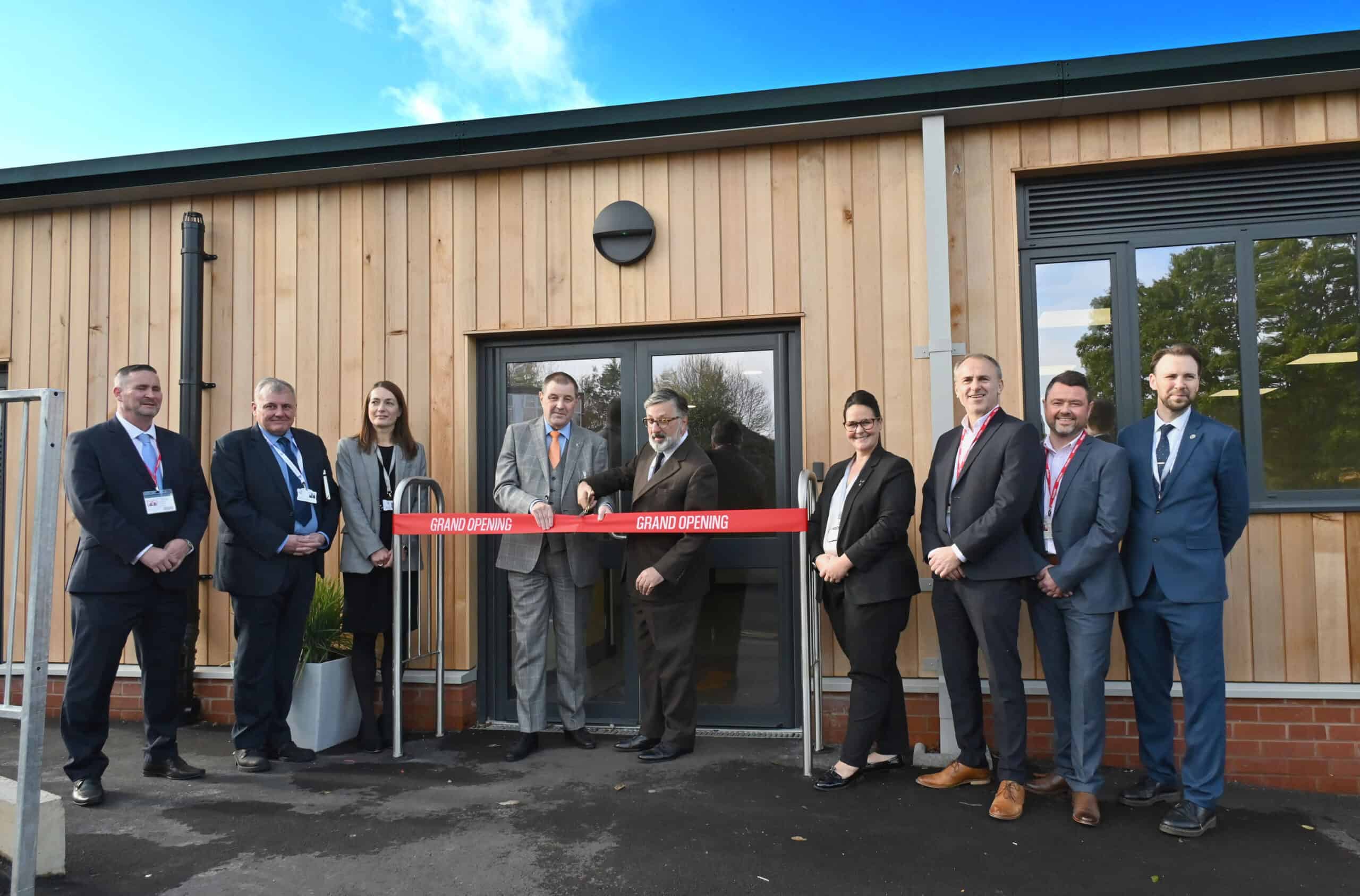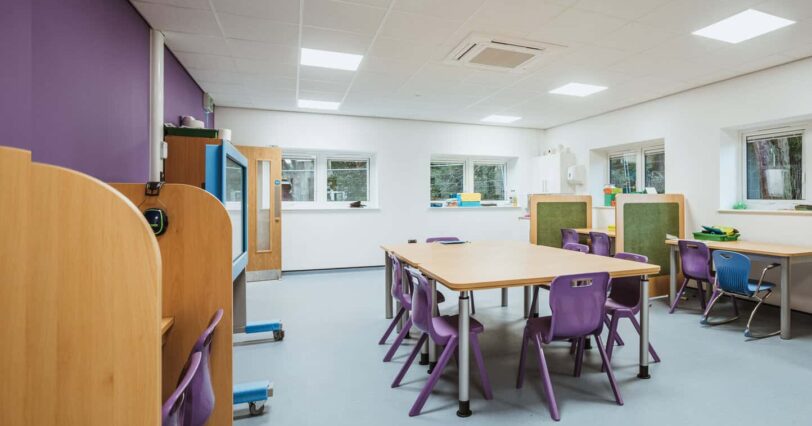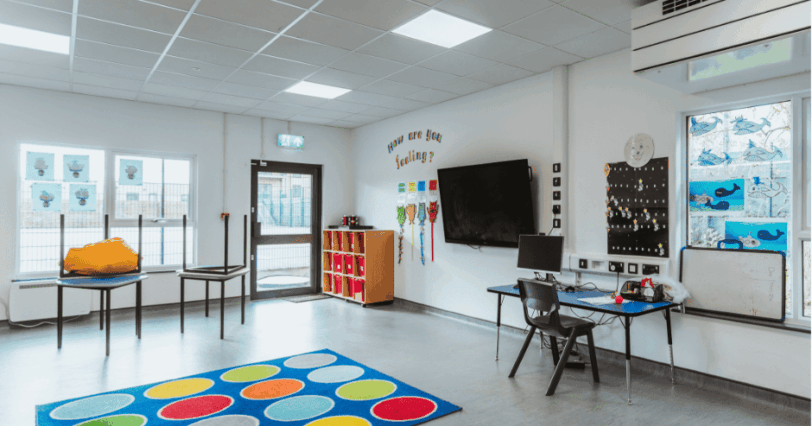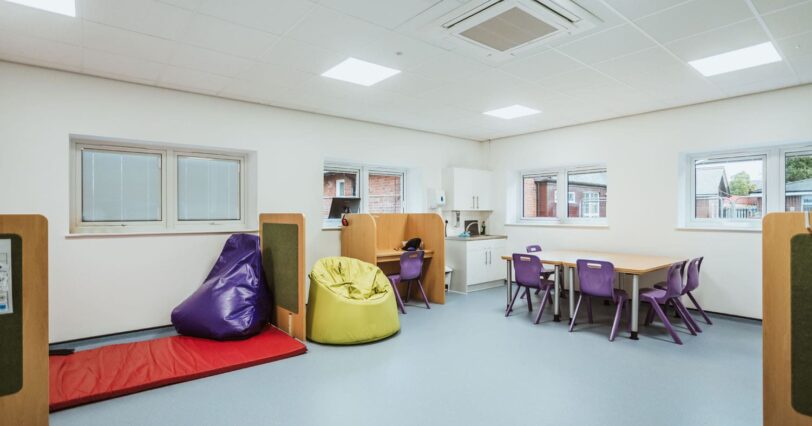As we move into a future shaped by sustainability and community engagement, the concept of connectivity – both to nature and local communities – must be at the heart of how schools operate. The school estate is no longer just about physical infrastructure, it’s about fostering relationships, enhancing wellbeing and maximising the role schools play beyond education.
Schools as community anchors
Schools have long been central to their communities, a role that was especially highlighted during the pandemic, providing basic needs support, extracurricular help and vaccination hubs. Now, as we look to the future, there’s an opportunity to solidify this role by ensuring educational estates serve a broader purpose.
Schools can increase their connection to the local community by opening their doors beyond regular school hours, becoming a safe place for local groups, spaces for adult education, sports, social events and community support initiatives.By renting out facilities, like sports halls and classrooms for community or private events, schools can use this to generate additional revenue. This collaborative approach not only strengthens community ties but also makes schools vital hubs. As The Children’s Wellbeing and Schools Bill goes through the House of Commons, it’s more important than ever to enforce information sharing between schools and other organisations, such as social services. Schools are becoming much more integrated into safeguarding and local support systems.
Connecting to nature
Beyond buildings, the importance of the outdoor environment is gaining recognition. There’s a growing demand for external estate managers for schools, reinforcing the growing idea that learning environments extend beyond the classroom walls. In addition to aesthetic benefits and introducing children to sustainability, research has shown that integrating natural elements into learning spaces can positively impact cognitive development and mental health, with early exposure to nature reducing the likelihood of mental health issues later in life. Initiatives like Forest Schools provide essential access to nature, especially for students lacking green spaces at home.
Sustainable infrastructure
Investing in sustainable, net zero buildings presents a dual opportunity for schools to enhance educational spaces while benefiting the wider community. Schools can help to contribute to local sustainability efforts by integrating solar panels, with the energy generated being sold back to the community during weekends and school holidays, or to power electric vehicle charging stations, increasing sustainable infrastructure in the community.
With sustainable, multi-functional spaces, schools can strengthen their role as community hubs while promoting long-term environmental resilience.
When it comes to sustainable technology and connecting to nature, these things come hand in hand. Schools that invest in green spaces, renewable energy and eco-friendly infrastructure create environments that promote wellbeing and learning. By integrating nature and sustainability into a student’s daily life, schools are embedding principles that will inspire students to carry forward these types of practices for the rest of their lives.
The future of connectivity
Connectivity isn’t just a passing theme – it’s a foundational element that should be embedded into everything from estate planning to curriculum design. Schools that prioritise their role in the community and their connection to nature will be best placed to create meaningful, lasting change. By acting now, schools can lead the way in redefining educational spaces for the benefit of both students and society.







